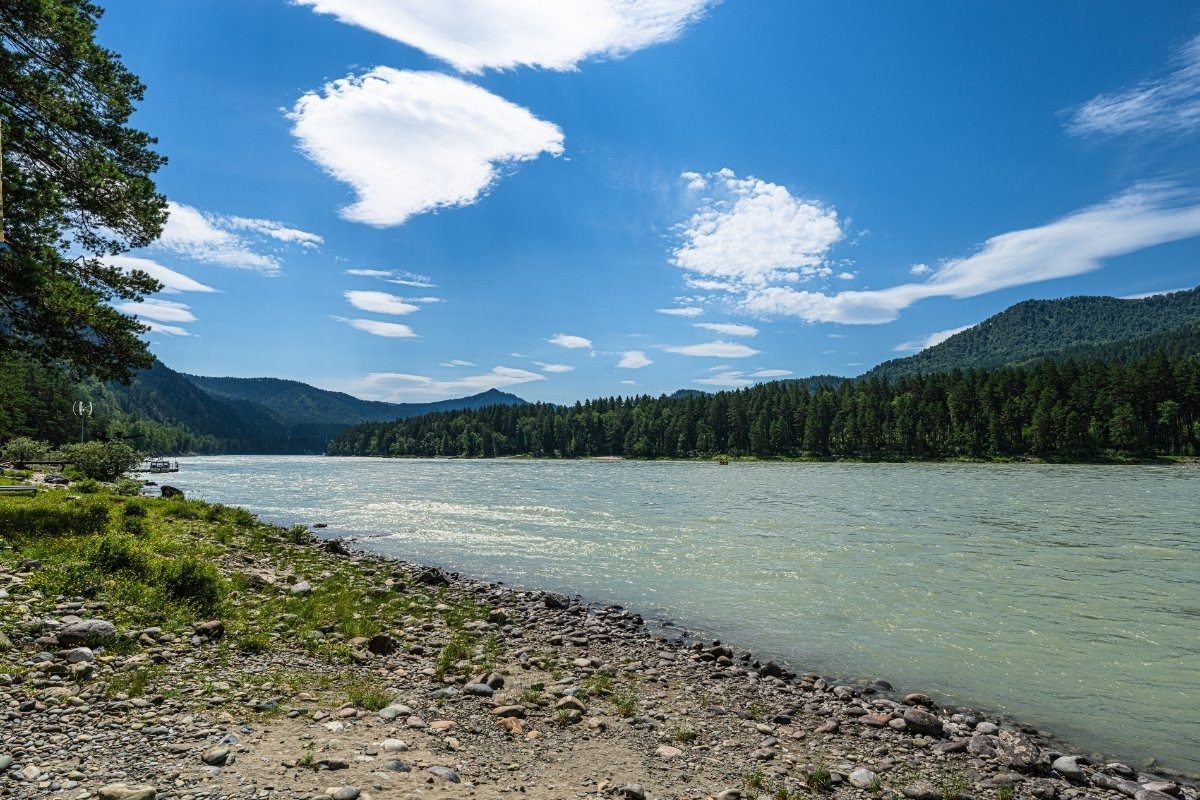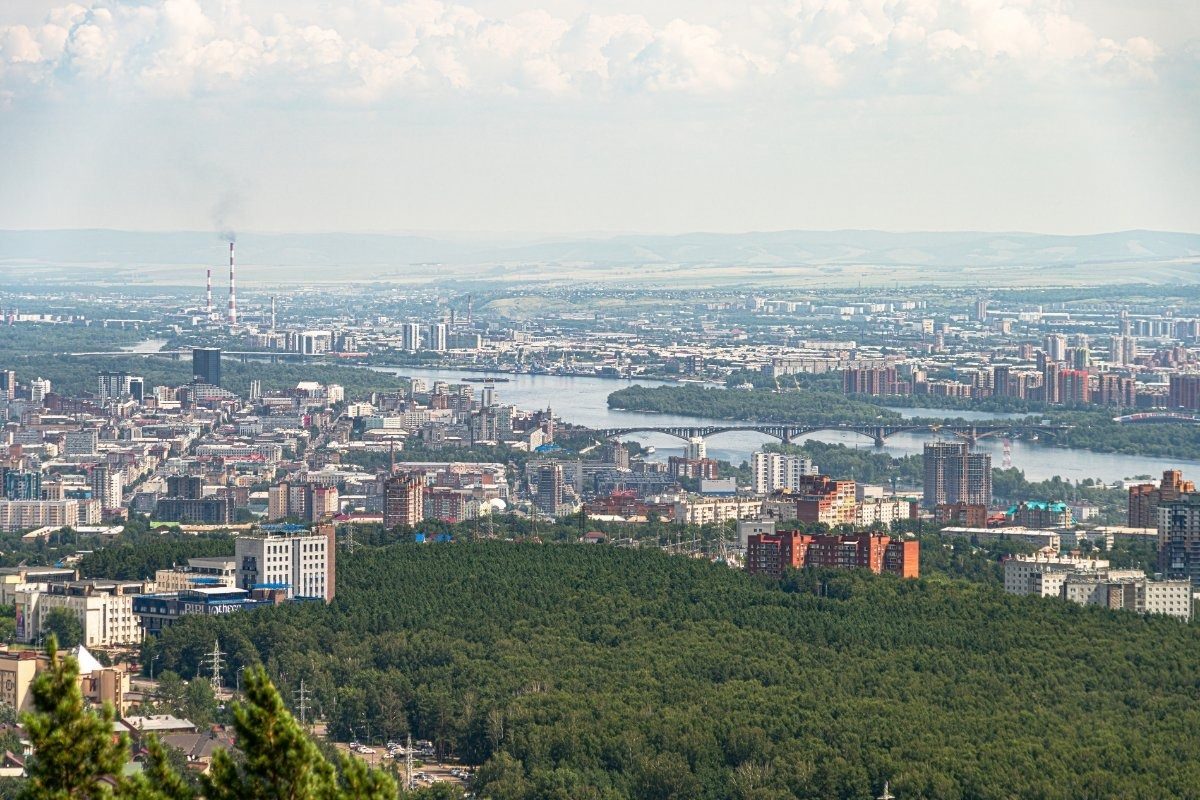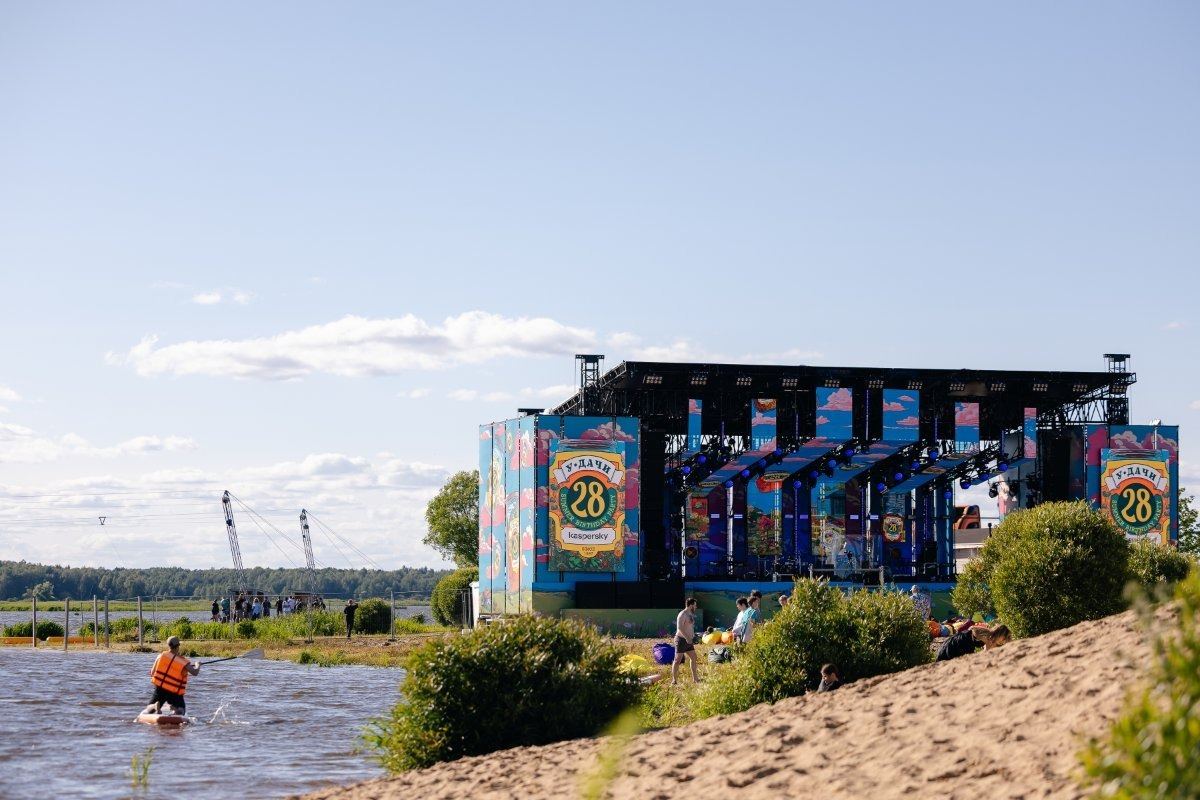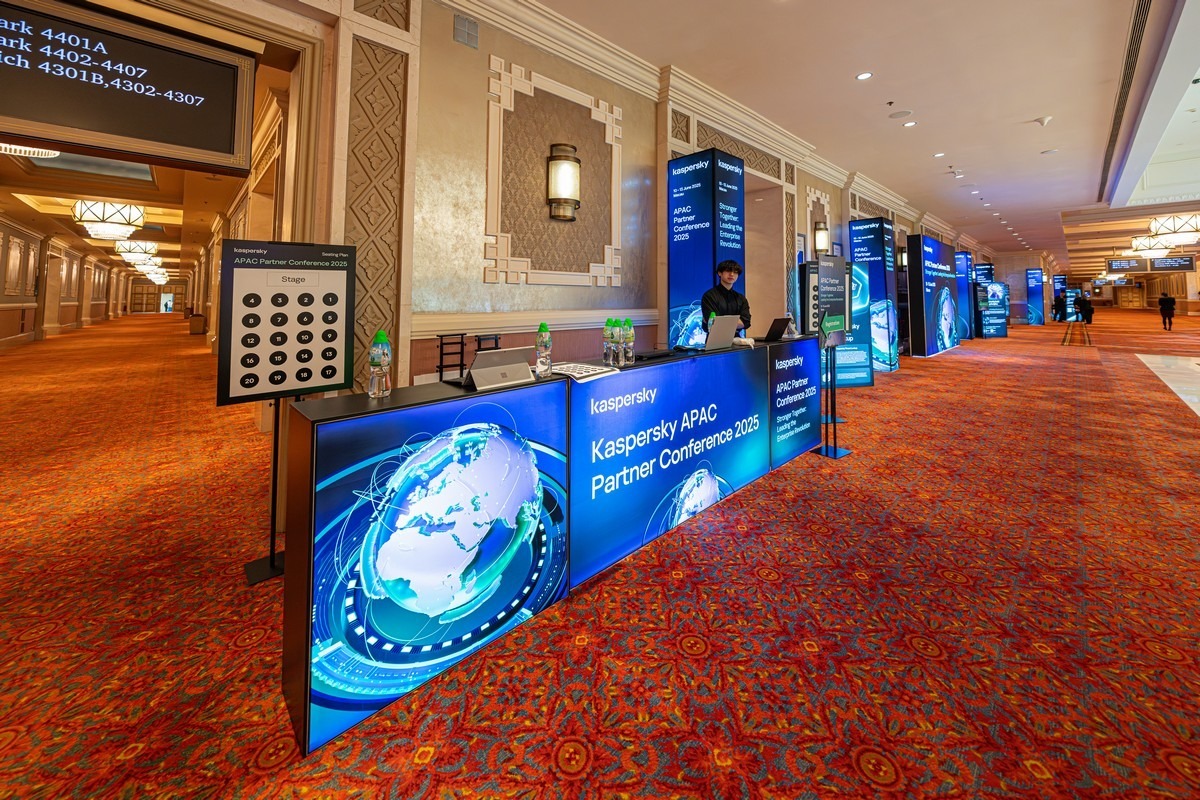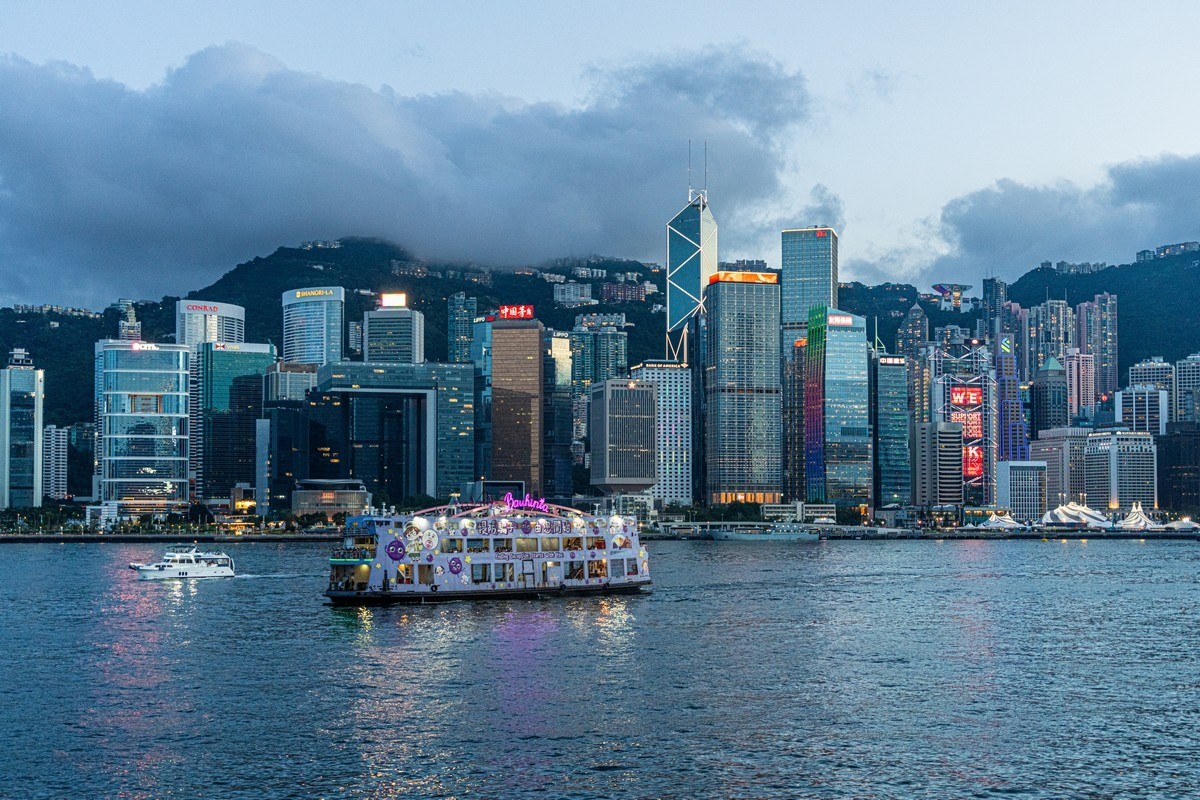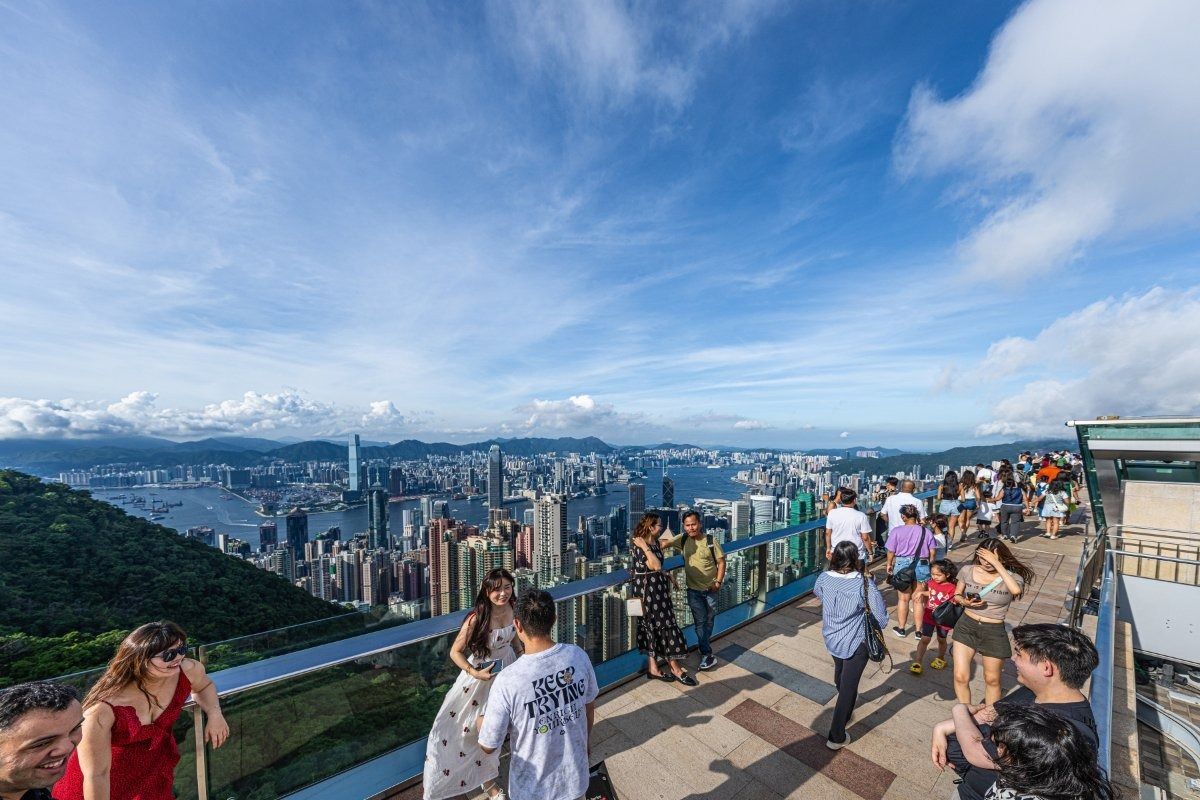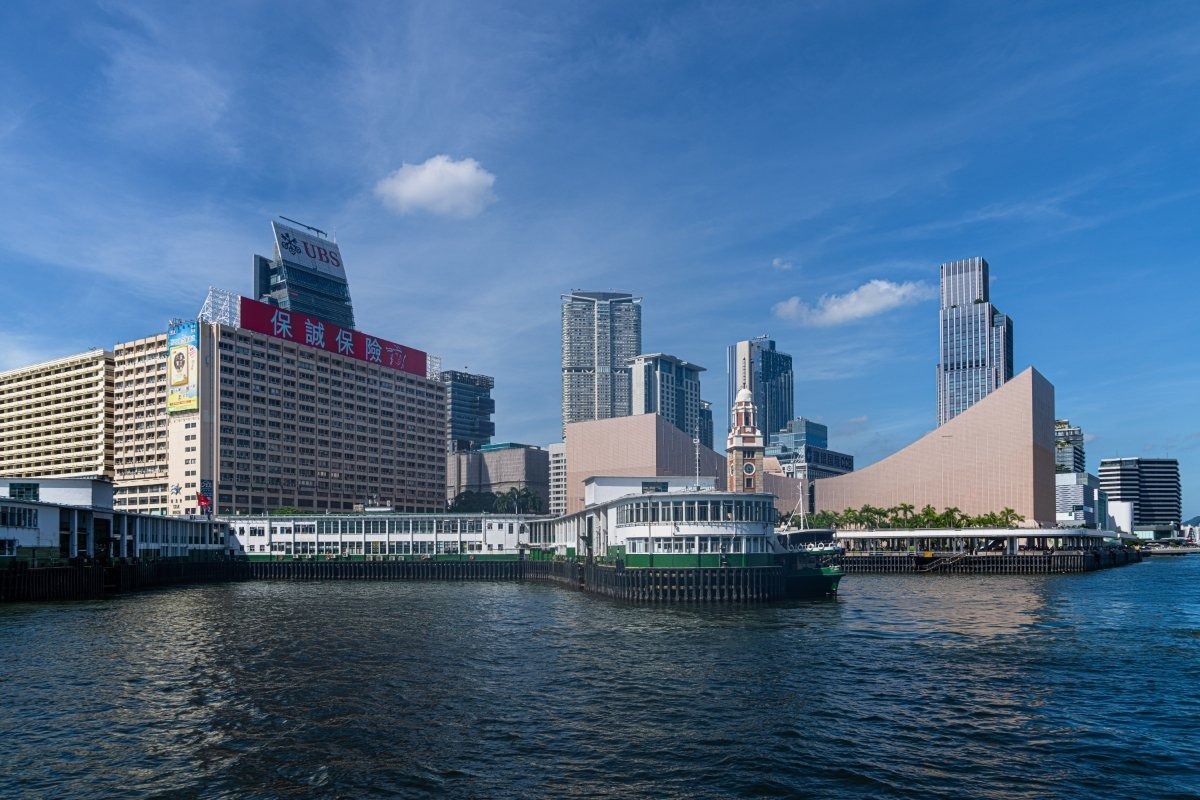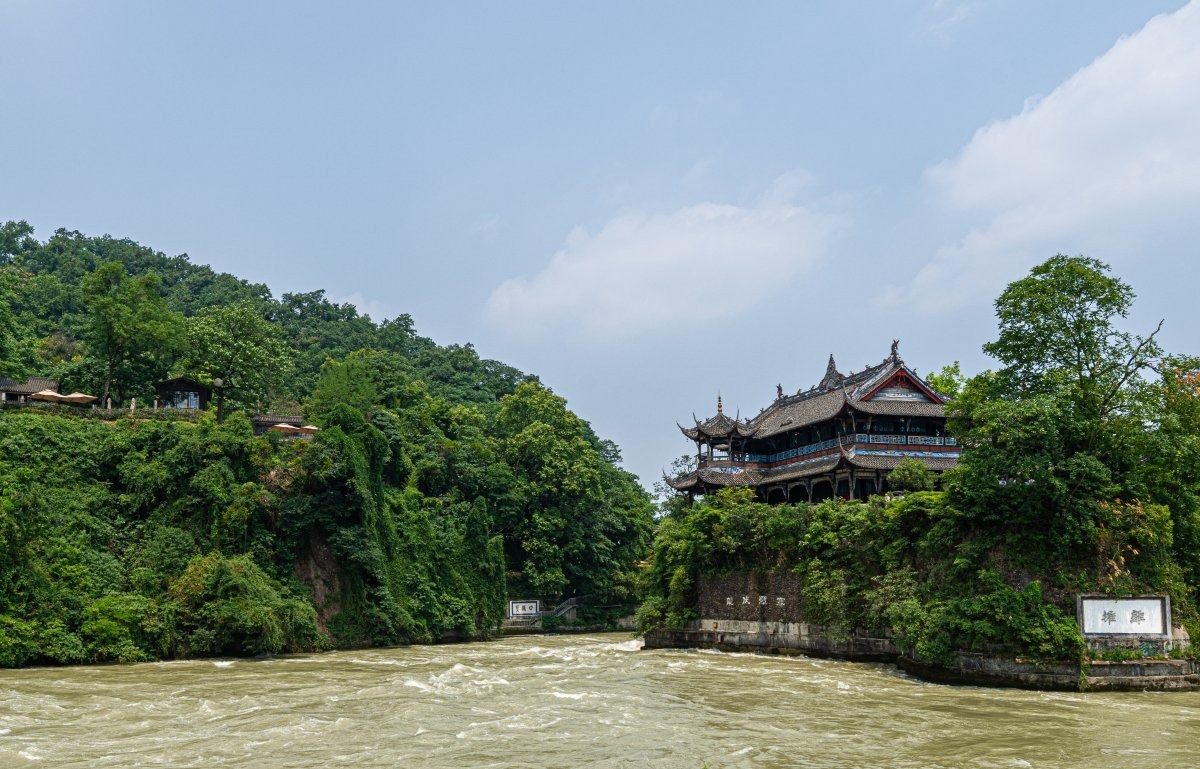July 29, 2025
Krasnoyarsk and onward!
It’s been quiet on this here blog of mine of late (sorry for that), but my schedule’s been as full as a Rastafarian’s head of hair. So what have I been up to?…
Well, last Monday, Moi & Co. got on a plane and flew east. And ever since it’s been just four or five hours’ sleep of a night in hotels, a lot of helicopter rides, a zillion photos, and a crazy quantity of impressions. All of which I’ll eventually be imparting to you sooner or later here. And one particular thing I’ll be telling you about later is the food. Yes – that’s something I rarely do, but when I do, it means something culinarily very special occurred. Spoiler: we came up with the phrase “aggressive hospitality”, which stands for tons of food (waaay too much) – and copious quantities of drinks too. (Two other new terms we invented in Krasnoyarsk: “punitive cuisine” and “gastro-extremism”.) But all in due course…
Our Krasnoyarsk (here, in Siberia) stay was simply awesome, and, like I say – more on it later. Meanwhile, I’m already somewhere else in Siberia – on a bank of one of its great rivers…
…And from now on and for the next 25 days there’ll be little internet time for us (if there’s any internet at all), so my tales from the Siberian side will only start appearing here mid-August.
A brief glimpse of Krasnoyarsk:
